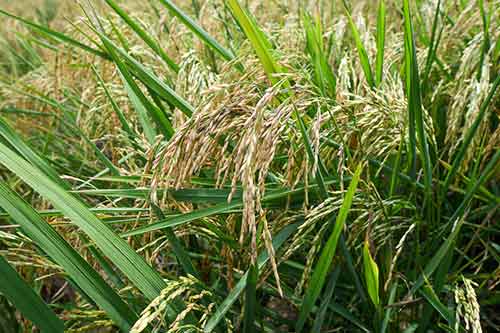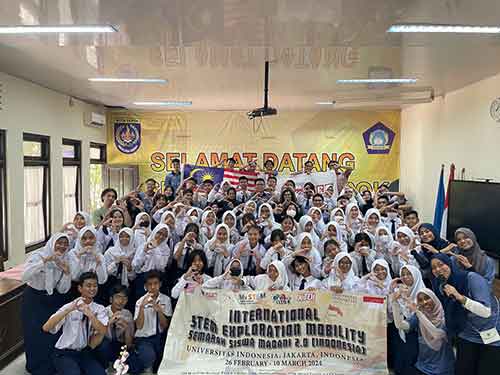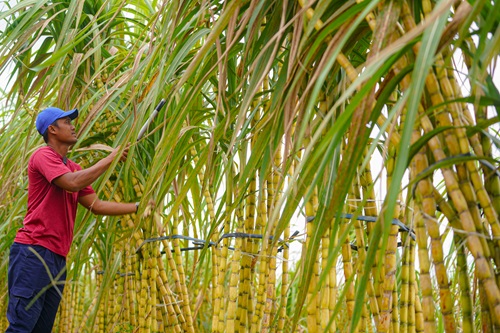By: Nur Syamila Kamarul Arefin
Photo by: Mohammad Izrul Abdul Jabar
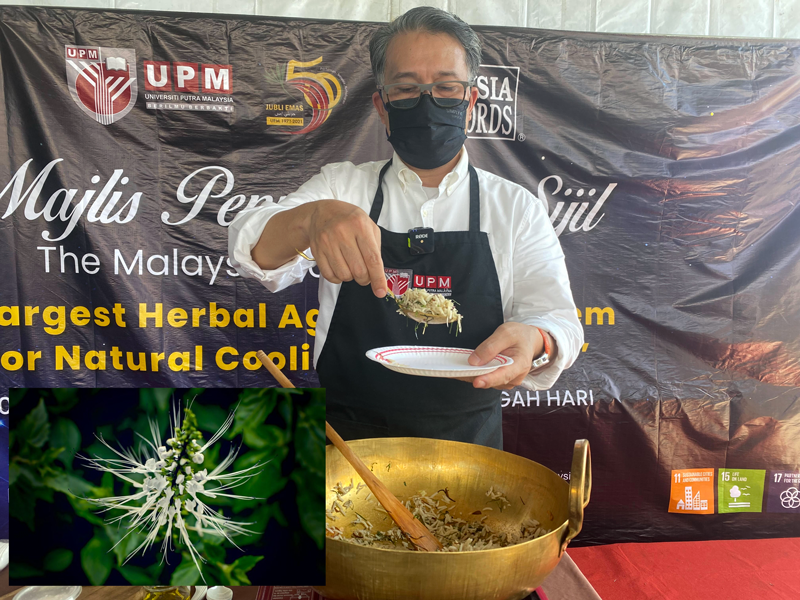
PUCHONG, May 10 - Misai kucing (Orthosiphon Stamineus Benth) is a herbaceous plant found in Southeast Asia and several tropical regions of Australia. It began to attract the attention of researchers since the beginning of the 20th century when the plant was introduced to Europe and became a popular herbal tea known as Java Tea.
The extract of this plant is widely used in traditional medicine to treat various diseases, especially those related to the kidneys. In addition, misai kucing is used to cure kidney stones, diabetes, gout, ductal and circulatory diseases and rheumatism.
Nevertheless, many are unaware of its usage as a seasoning in various dishes, including fried rice, nasi kerabu and ulam-ulaman (herbal salad).
The aroma of the leaves of misai kucing enhances one’s cooking, prompting some to grow the plant on their own since the plant is quite expensive. It is believed that misai kucing is used in various types of dishes and desserts due to its unique taste.
Prof. Dr. Muhammad Shahrim Abdul Karim, a lecturer from the Department of Food Management and Services, Faculty of Food Science and Technology (FSTM), uses misai kucing in cooking as a flavour enhancer. He uses misai kucing’s decoction to cook nasi ulam (mixed herb rice).
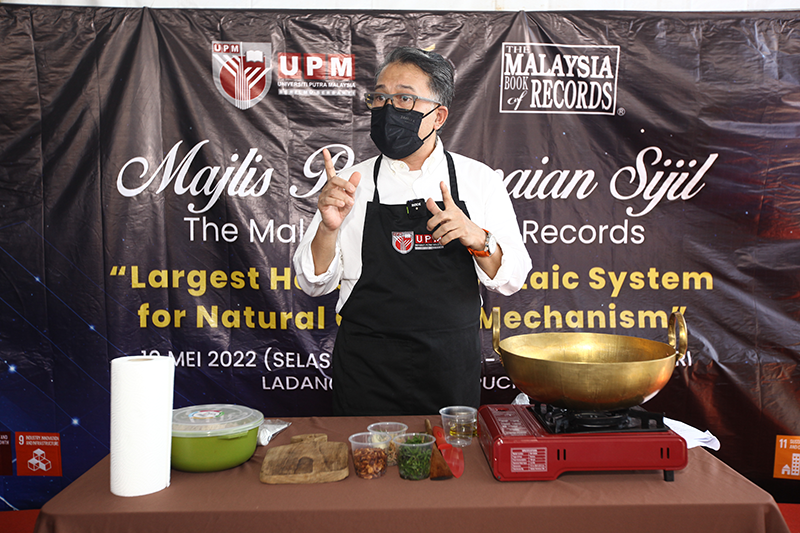
Also an expert in the Malaysian Heritage Food and Culture, he said in Malaysia, nasi ulam is quite synonymous to various types of ulam-ulaman, mixed together to form an attractive coloured dish.
"Nasi ulam is prepared using herbs and ulam-ulaman that can be found in the forest or one’s own garden. Thus, nasi ulam comes in different variations, according to the states and types of ulam used.”
“Adding misai kucing in nasi ulam makes it more delicious and unique because the leaves are not bitter and taste like tea.”
"Many use misai kucing’s decoction, but they do not know that the leaves can be eaten raw as salads or added in cooking," he said.
He added that misai kucing is a herbaceous plant that offers many benefits to all; for example, its use in medicine and cuisine is unknown to most people.
“Pucuk dicita Ulam Mendatang” (getting what one wishes for) is a Malay proverb that shows the importance of pucuk (shoots) and ulam in the past," he said.
Usually, ulam-ulaman are eaten with sambal belacan (shrimp paste sauce), budu (fermented anchovies) or cencaluk (fermented krill) and rice as an appetiser. In addition, these traditional ulam-ulaman can also be used as ingredients in nasi ulam or nasi kerabu.
Eating ulam is a good practice. Apart from being an appetiser, ulam provides nutrition and has medicinal values. Ulam is eaten raw, so the nutrients contained in ulam are preserved since they are not subjected to heat caused by cooking.
In the past, ulam is synonymous with the rural population; however, this scenario has changed. Ulam is now common among urban residents, and it is also gaining popularity among the international community. - UPM

